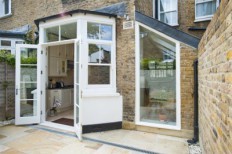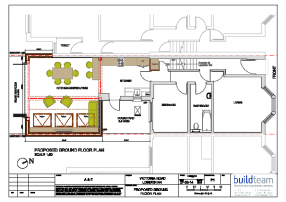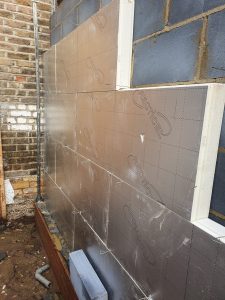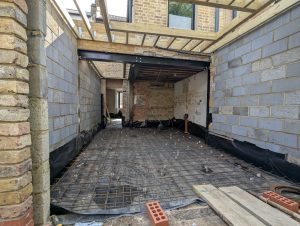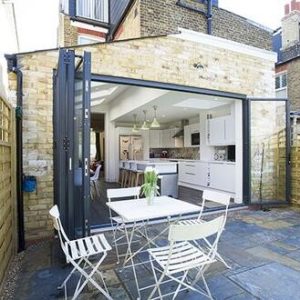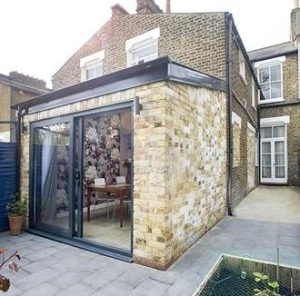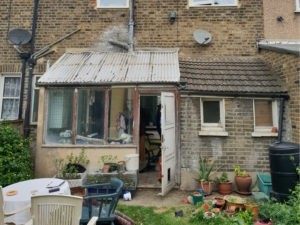Following on from our recent blog post, Side Return Extensions for Flats, we have received many enquiries. Many of you want to know how to go about getting your Landlord’s consent. Whilst we can’t promise you will get the answer you want, here are some helpful tips:
Do your research: You should first check if the lease allows you to carry out alterations to the property. There may be a pre-condition that you must obtain consent from your Landlord or another third party before proceeding with any works. This means that you cannot carry out the works without first obtaining consent in the form of a “Licence for Alterations”. Obtaining the licence can be relatively straightforward as consent should not be unreasonably withheld if the alteration is an improvement. If your lease does not allow you to carry out alterations you will need to ask your Landlord if they are willing to waive this restriction. It generally takes around 6 to 8 weeks to get a licence from a landlord (from providing the drawings to receiving the licence).
Valuation: It is worth discussing the idea of a Side Return Extension with an estate agent or valuer at an early stage to get their expert opinion on how the end result would affect the value of the flat. They may be able to advise on any aspects of the proposed plan that may in future put off future purchasers. It is easier to deal with such issues at the start of the project rather than once the build is underway or completed
Request permission: Contact your Landlord directly and/or the management company. Provide details of exactly how you would like to extend the flat – ideally with plans and drawings. Build Team can help here, and often our clients engage us on Design Phase (which carries no obligation to build) prior to entering into detailed discussions with their Landlord. In theory, the Landlord should be willing to grant consent for any alterations or extensions that improve the property as it will add value to the freehold. Therefore, emphasise the idea that the extension will be mutually beneficial. You should also provide information about the building company (experience, references, liability insurance). The Landlord would obviously want to minimize any damage caused and avoid any unreasonable inconvenience to other lessees of the building. By showing your landlord that you have done the research necessary, you will be making it so much easier for him/her to make an informed and hopefully favourable decision.
Planning: If you didn’t have plans and drawings in place when you initially requested permission for the extension, you will need to do it at this next stage. Build Team can help you speed up the consent procedure by providing you with everything your landlord would need to make a decision:
- Plans, sections and elevations at a scale of 1:50.
- Structural engineer’s details and calculations.
- Detailed Building Regulations drawings showing how the build will comply with the prevailing regulations; the Landlord will almost certainly want an assurance in this regard.
Building Stage: Upon agreement by the Landlord the licence will be granted. If the building work is not carried out in accordance with this licence, the Landlord has the right to withdraw it. You may then be liable to forfeiture proceedings for breach of covenant. This is another warning to ensure you use a reputable contractor for this type of work.
Deeds: If you change the physical layout of the flat the original lease plans will not correspond to the actual layout of the flat and so the lease will need to be varied. A deed of variation in this instance would normally take the form of an amended plan which is registered at the Land Registry. If you do not obtain a deed of variation you may experience problems when you decide to sell the flat.


